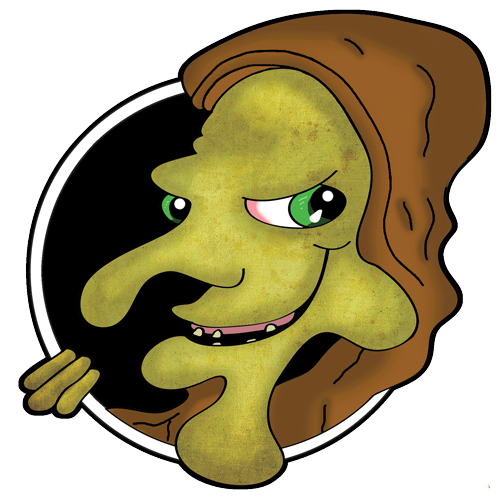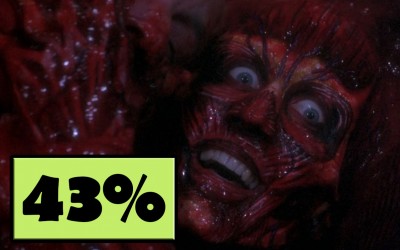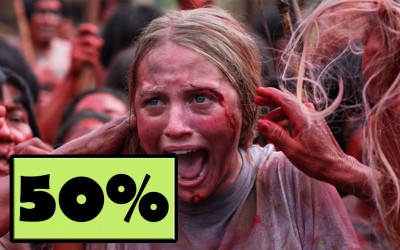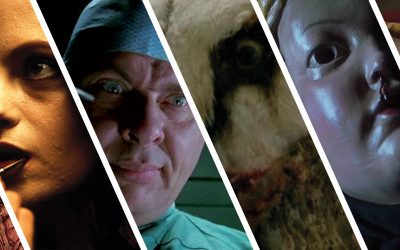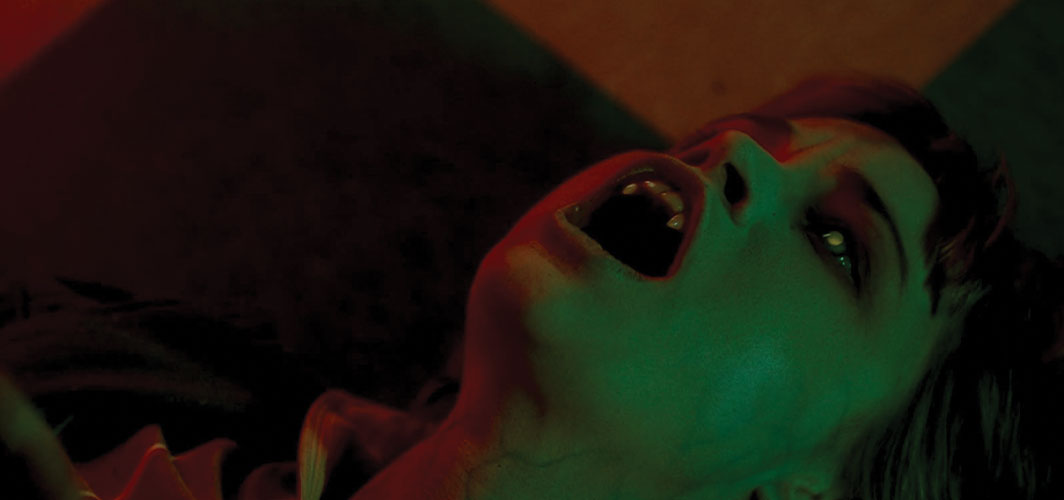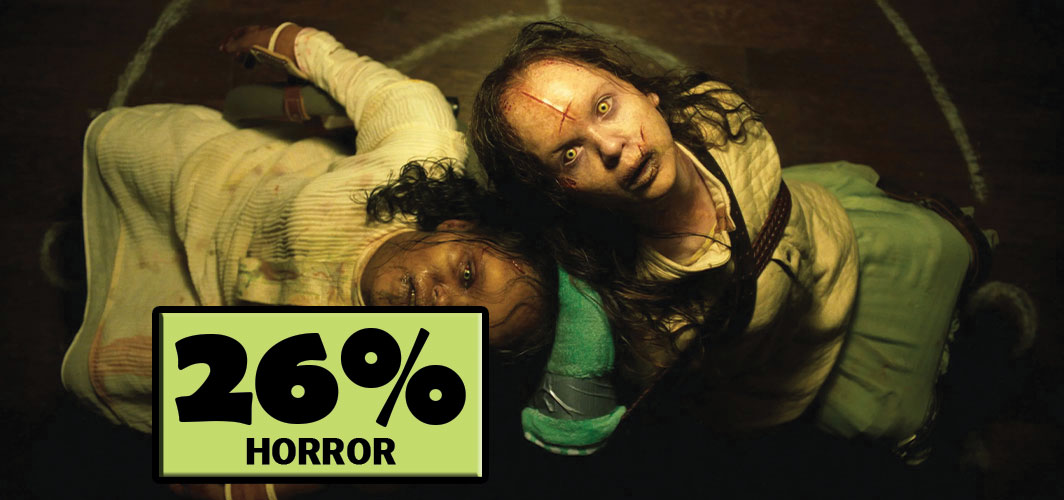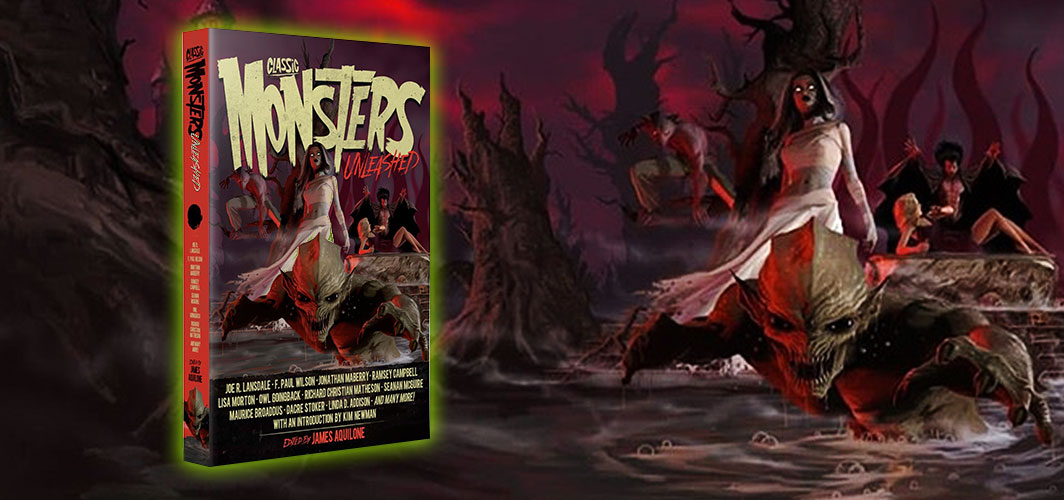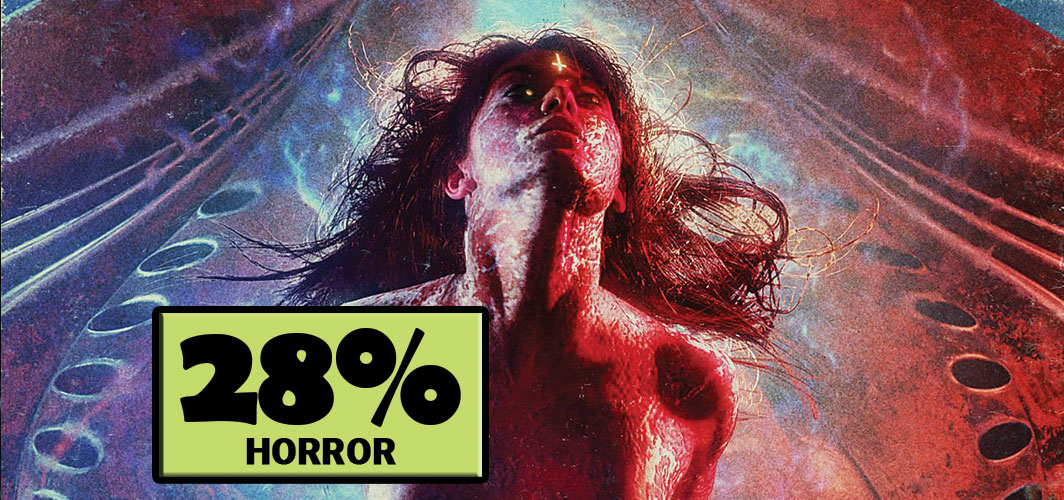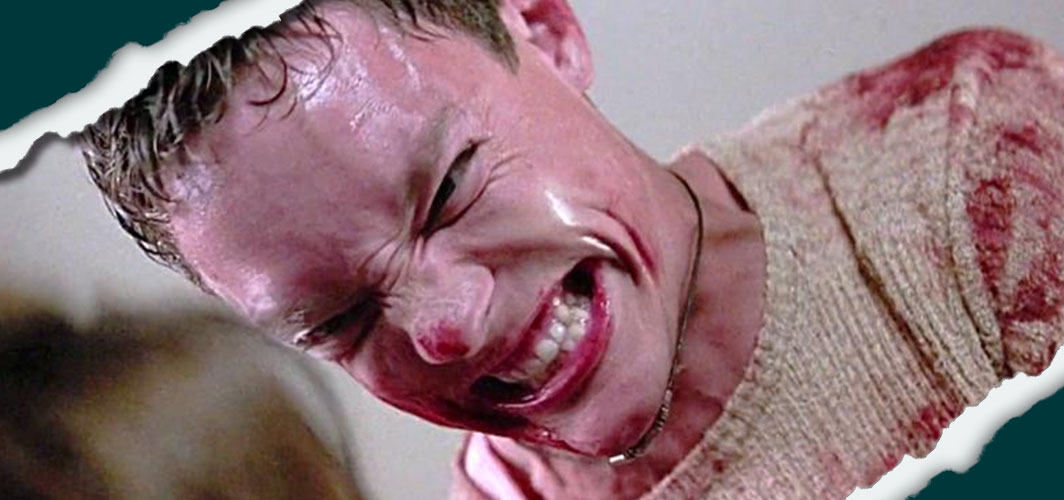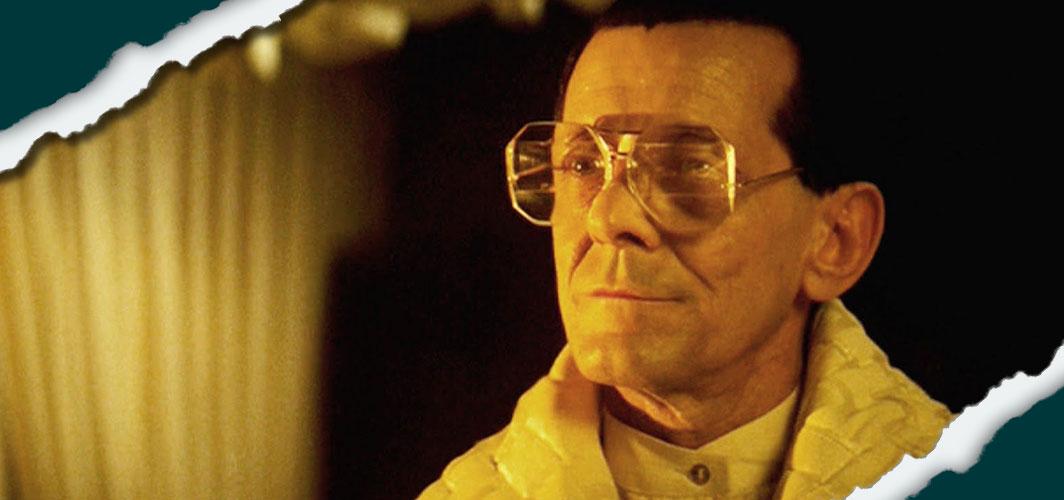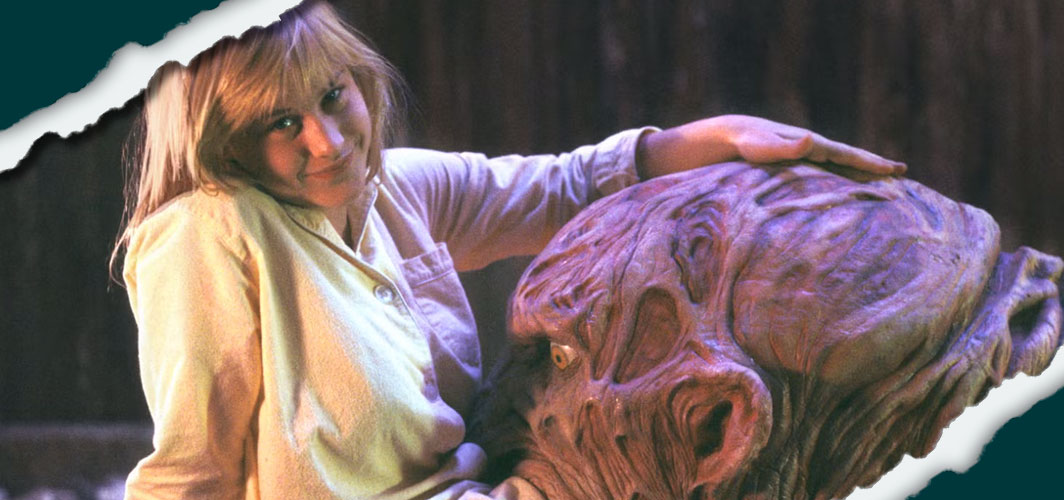8 Slasher Films that Messed with their own Sub-Genre
Wes Craven is responsible for not one, but two genre defining moment in horror history. Whilst his creation of A Nightmare On Elm Street started a huge rise in creative, bloody slasher, it was his genre defining Scream that really shook the horror world.
Scream started the new wave of slasher films, bringing the tired sub-genre kicking and screaming into the modern era of film making. It’s concept of awareness, whereas the films characters know of and actively work against the sub-genres overused themes, makes the film a critique of it’s own genre. At the same time, it also conceptualises a new way of creating slasher films. Where the audiences, and film characters alike, are away of films such as Friday the 13th and Halloween, the film has no choice but to movie in a different direction, resulting in a magnitude of new horror films that are never afraid of tipping the slasher apple cart.
Whilst there have been many films that have tried to re-create the success of Scream, very few of them deserve to be mentioned in the same breath as it’s predecessor. But we have picked 8 films that we think managed to break away from the norm and change the way the slasher genre works. Twisting our viewpoints, changing the rules or just subverting the flow of a classic slasher film, these movies were proud to be different. Here are 8 Slasher Films that Messed with their own Sub-Genre.
Scream (1996)
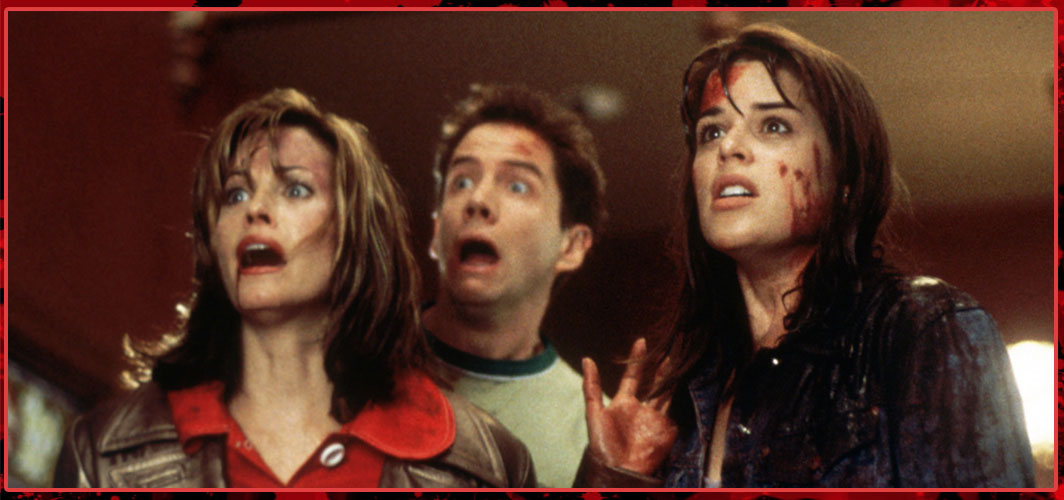
Wes Craven’s love letter to the genre, Scream, continues to be a huge fan favorite, with four films, a TV series and plans for Scream V in 2021. Wes created the film to be a parody of what had come before, taking the genre and turning it on its head. Audiences had spent years screaming at the characters on screen, telling them not to go into the basement alone, or to investigate that strange noise from the closet. Wes took the audiences passionate pleas and made it the backbone of his film.
Screams love of slashers is evident right from the very start, with genre related quiz question being fired at the films first victim. This type of referential knowledge of horror is constantly drip fed, as more bodies pile up in the little town of Woodsboro. But the films biggest asset is the video store clerk and movie buff Randy (Jamie Kennedy). Through out the films run-time, Randy breaks down the rules of a slasher and the possible suspects, acting as the audiences mouth piece. Up until Scream, no film had been more aware of it’s own genre and the possible dangers that surround them, making Scream the very first film in a new wave of modern slashers.
Maniac (2012)
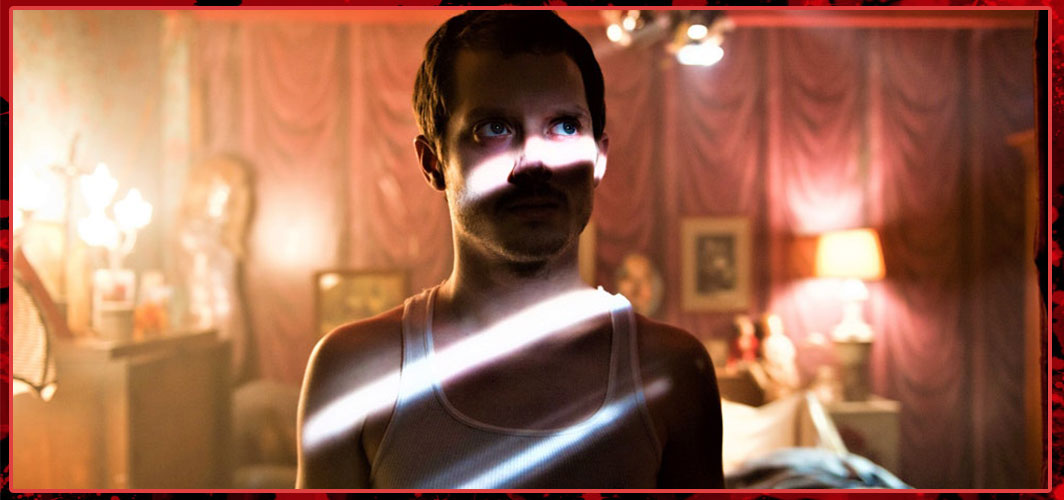
Maniac is a very creative reimagining of the 1980 exploitation horror film of the same name, which sees Frodo Baggin’s actor, Elijah Wood, stepping into the shoes of a psychopathic serial killer. This thought-provoking and violent film puts the audience in a front row seat of a maniac, as schizophrenic Frank Zito runs his family’s mannequin restoration business during the day, and scalps women at night. The entire experience is filmed from the killer’s perspective, with the audience not only seeing through Frank’s eyes, but also hearing the confused background noise of his madness, as the young man crazily mutters to himself, trying to justify the terrible carnage he brings down upon his victims.
The films POV style film puts the audience into a uncomfortable voyeuristic situation, where they watch in solidarity with the killer, sickened at their very own complicity of Frank’s crimes. Whilst the likes of Hitchcock and Carpenter both played out singular scenes from the Killers Perspective, Maniac takes it to the next step, putting the audience into the front row seat of madness. It’s a twisted take on a slasher, one that is uncomfortable to watch.
Candyman (1992)
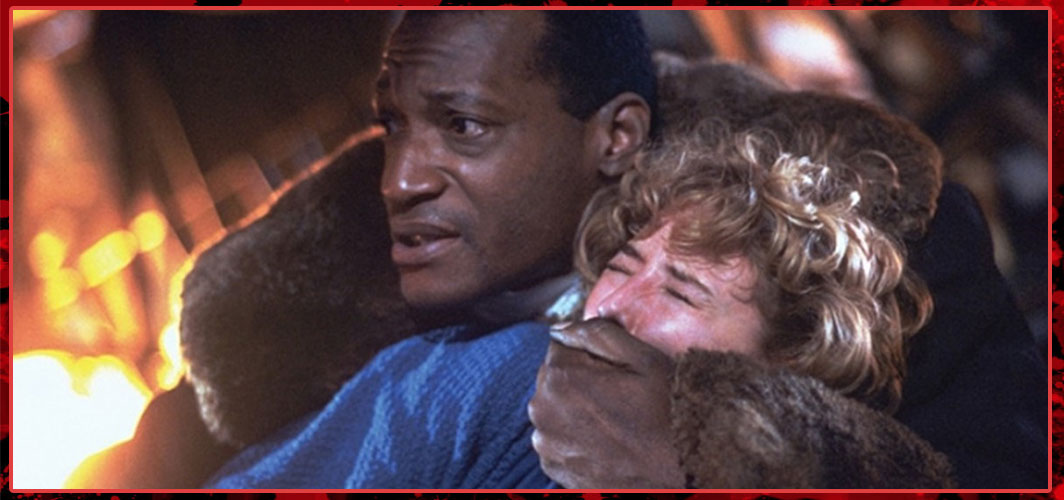
Clive Barker’s subversive horror slasher, Candyman, is a violent and bloody affair about a semiotics graduate student researching urban legends. Helen Lyle (Virginia Madsen) bites off more than she can chew, when one of her urban legends turns out to be real, and the mysterious Candyman starts to tare her life apart.
Whilst the film may seem, at first glance, like a supernatural slasher film, it actually has very deep themes of taboo and race. It’s no coincidence that director Bernard Rose set the film in the now gentrified Cabrini-Green housing project. The character of Candyman (Tony Todd) is himself a product of racist hatred and injustice, having been a man murdered by a white lynch mob for falling in love and conceiving a child with a wealthy man’s daughter. This backdrop lent Candyman a dramatic authenticity and weight beyond your normal slashers.
Muck like many of Barker’s books and films, the story of Candyman takes a very different direction than the audience expect. The film put it’s victim into the very role of killer, as Helen awakes, several times, to find herself amidst a bloody murder scene. Whilst Helen hears and sees the “Candyman” the film leaves the audience wondering if he is even real, or a figment of Helens imagination.
The Final Girls (2015)
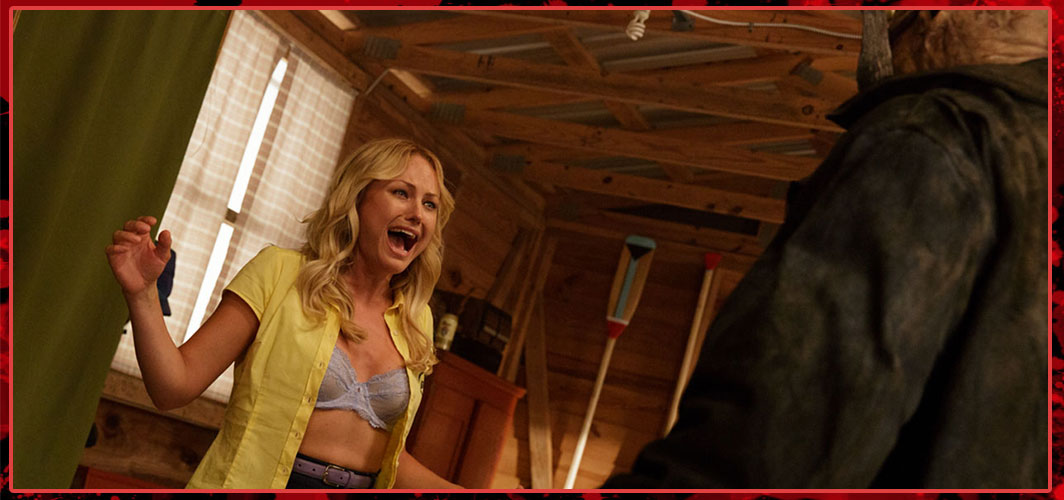
It’s rather difficult for a genuine slasher film to be “heartfelt” but this horror comedy, by director Todd Strauss-Schulson, manages to crack this odd distinction with a very clever twist, which sees a young teen re-united with her deceased scream queen actress mother, when she’s sucked into one of her mums films.
The Final Girls is a great concept of a movie, and takes screams concept of self-awareness and turns that up to eleven. The film story sees a bunch of teens sucked into the an old 80’s slasher film, where they use their knowledge of the film to try to outsmart the masked killer. However, the film seems intent on getting its final girl, and starts to turn the table on the horror fans.
The film presents a unique scenario where the teens are aware of the fact that they’re in a slasher movie, thus armed with the knowledge of the genre’s tropes and the films plot. It’s a fresh and interesting take on slasher films and even manages to squeeze in nostalgia and emotion thanks to the relationship between mother and daughter, whilst trying to answer the question that has been plaguing horror fans for years… would I survive my favorite horror film?
Tragedy Girls (2017)

If Scream was Millennials answer to the modern slashers, the Tragedy Girls is the Post- Millennials very own take on the sub-genre. The film is set in midwestern USA, where Teenage crime reporters Sadie and McKayla are hot on the trail of a crazed serial killer. The troublesome twosome capture killer Lowell Orson Lehmann, and continue his slaying spree in the hope of pinning the new murders on the psychotic murderer.
What makes Tragedy Girls so interesting is it’s realistic portrayal of social media and of the modern teen cultures obsession of approval through social media. The murders themselves are fostered by a need to gain notoriety and popularity through Facebook, twitter and YouTube. Whilst most slasher films are born of psychotic tendencies, revenge and passion, Tragedy Girls shows us a twisted reality of social media, and the lengths people will go to for a “Like”.
Tragedy girls not only twist the slasher genre in an unexplored direction, it’s also a mirror for our own needs for validation through modern media, and a dark reflection of the reality behind the lies.
Happy Death Day (2017)
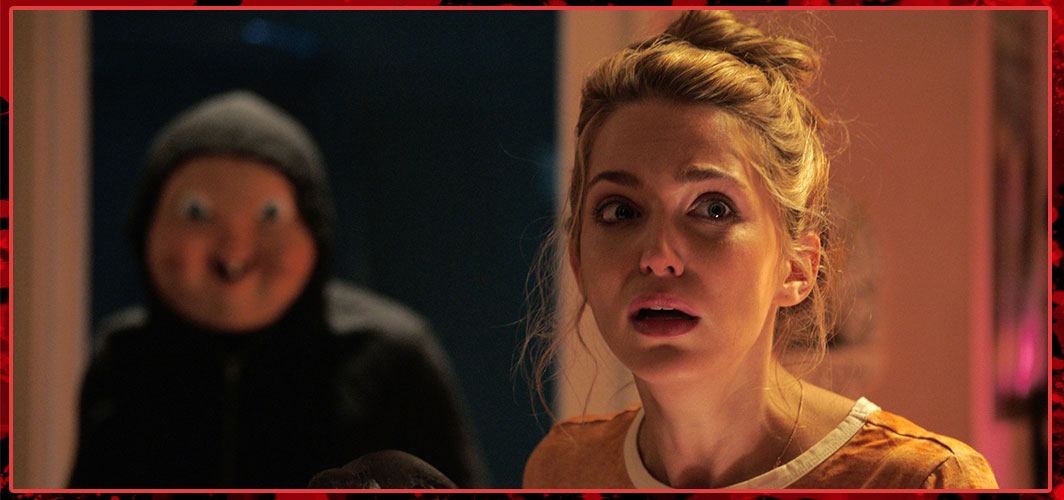
Anyone that played video games in the 80’s and 90’s will tell you, modern video gamers have it easy. With save points and respawns, the ramifications of death and hardly felt in modern games. Happy Death Day is much like this analogy, where a university student finds herself stuck in a time loop and murdered over and over again, by a psychotic masked killer. Much like video games, Happy Death Day updates the slasher genre.
Theresa “Tree” Gelbman (Jessica Rothe) finds herself reliving the same day, with each day ending in a violent and bloody end, at the hands of a strange masked killer. The films fun lies in its offbeat humor and whodunnit twists that film throws at it’s audience at a frantic pace. The interesting plot pokes fun at its slasher heritage, allowing the victim to constantly try to outwit her own murder, turning your ever day slasher, into a time-travelling whodunnit. The film is a low-key celebration of the sub-genre that dips it’s toes into a luke-warm horror film with gusto.
Wes Craven’s New Nightmare (1994)
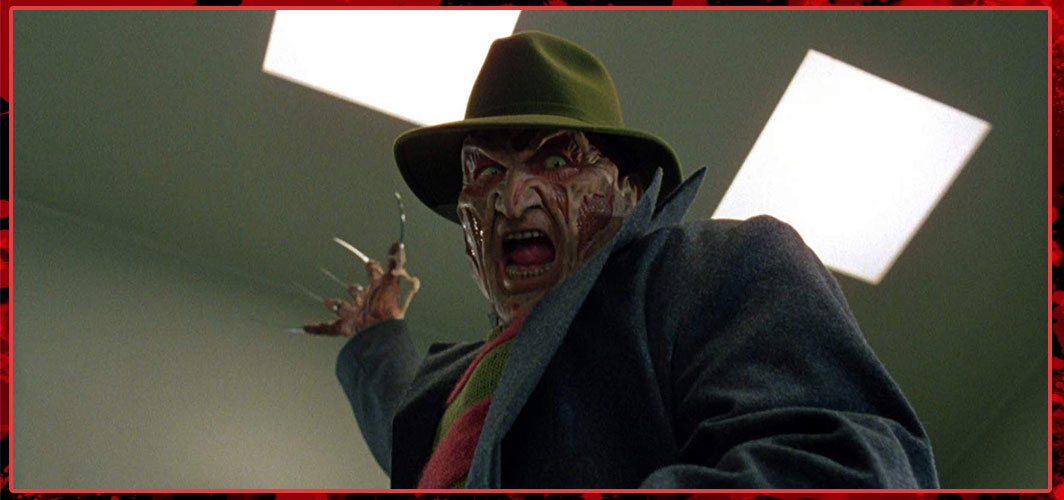
When Wes Craven’s New Nightmare came knocking at our doors, 10 years had passed since the original A Nightmare on Elm Street and Freddy was finally “Dead”. Wes had watched as his creation had been milked dry by New Line films, and in his frustration, he came up with a an idea that would later help to shape Scream. Rather than continuing the tired and old slasher tropes that had pretty much run their course, Wes wondered what Freddy Kruger would get up to in the “real world”.
Rather than bringing the clawed menace back, Wes created a demon, kind of like the malevolent spirit of Freddy, that has been created by the audiences fear. This creature is not happy that his films are ending and sets out to torment the makers of a new film. The movie follows real life actress Heather Langenkamp, who had bested Kruger, as his final girl, in the original film. She is making a final Nightmare on Elm Street film, with Wes writing the script and many of the original cast heading back to set.
The film plays with the ideas of awareness and self-references itself at every chance it gets. But, whilst it takes the series, and in-deed the slasher genre, down a un-trod path, it also claws back the dignity and ferociousness of one of the world’s greatest horror villains, as Freddy’s loony-toon styled adventures end with a dark and terrifying tale, woven by his very own creator.
Behind the Mask: The Rise of Leslie Vernon (2006)
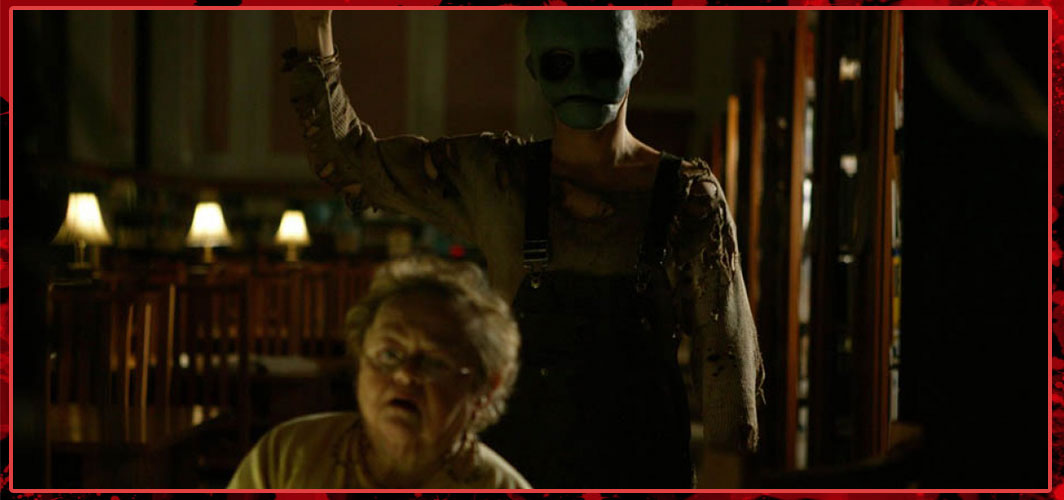
Since Scream slashed its way onto cinema screens in 1996, there have been many films that have tried to re-emulate it’s success. One of the most notable examples comes in the form of a 2006 mockumentary Behind the Mask: The Rise of Leslie Vernon.
The film takes place in a world where supernatural killers such as Jason Voorhees and Freddy Krueger actually exist. A female journalist named Taylor Gentry (Angela Goethals) and her two cameramen, document the preparations of Leslie Vernon as he prepares to join the ranks of these infamous slasher villains. The film delves deep behind the scenes of a serial killers life-style, training and preparation for his murder spree, as Leslie stalks his final girl and sets the scene for a bloody finale.
It’s twisted love letter to the slasher genre, that brilliantly encapsulates all that we love about it and tries to answer the many questions we have been asking for years. The extraordinarily clever story never ends to surprise the audience and constantly pulls the rug out from below their feet, even though they felt they knew where the film was going.
No film sets the bar higher than The Rise of Leslie Vernon, taking thirty years of a well worn sub-genre, and injected new life into with the ease and grace of leopard chasing it’s prey. It’s bold, beautiful and probably one of the best slasher films ever made.
Other Articles
Extreme Body Horror: The Substance (2024) and Other Unforgettable Gore-Fests
A gore filled deep dive into a history of Body Horror
Incel Killers: A Dark Reflection on Misogyny and Violence
Looking at the Incel community and the terrible crimes commited
13 Movie Teasers That Used Original Footage
A tasty selection of footage never meant for the final cut, shot just for the trailers
Movie Reviews
Hellbound : Hellraiser 2
Don’t Hesitate!
The Green Inferno
What’s Eating You?
Other Posts Like This
5 Horrific Achilles Cut Scenes (And How to Avoid Them!)
Cutting Edge!
Third-Rate Horror Villains that are Worth a Second Look
Slasher Films.
“Hello Horror Fans – I love a good SLASHER film, the higher the body count the better. These films are all very different from your regular genre film, and if you have not seen any of these, makes sure you add it to your WATCH list. Until next time…
Keep Rotten”
“Morti” The Mortician
